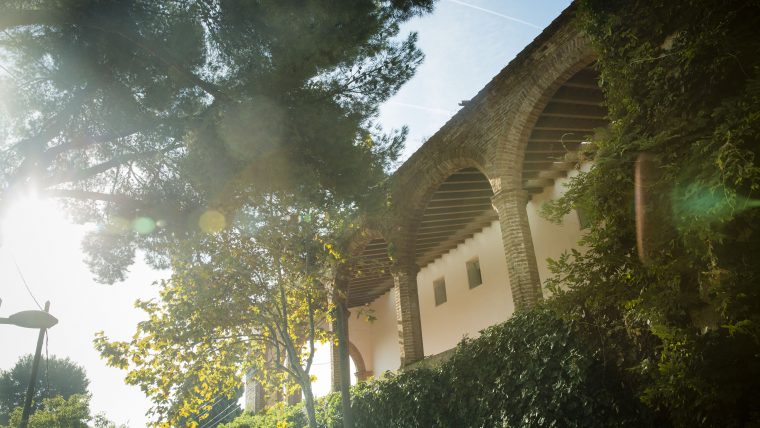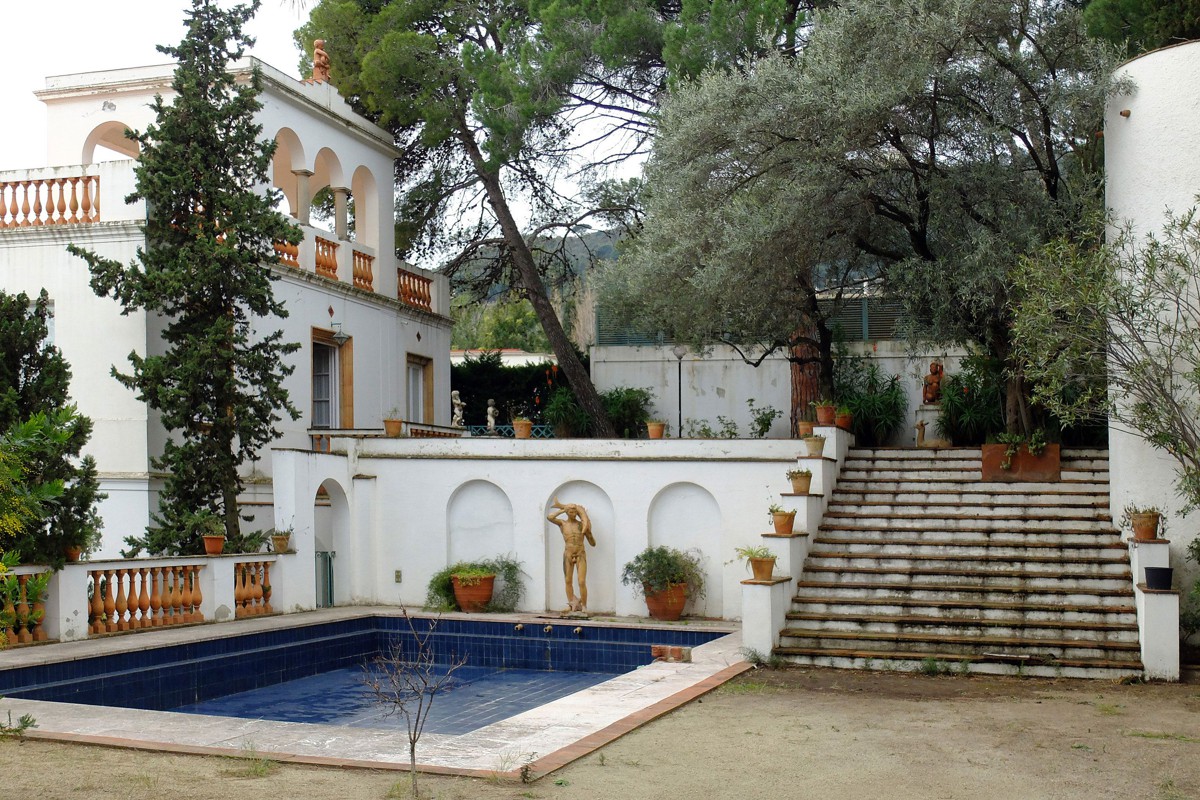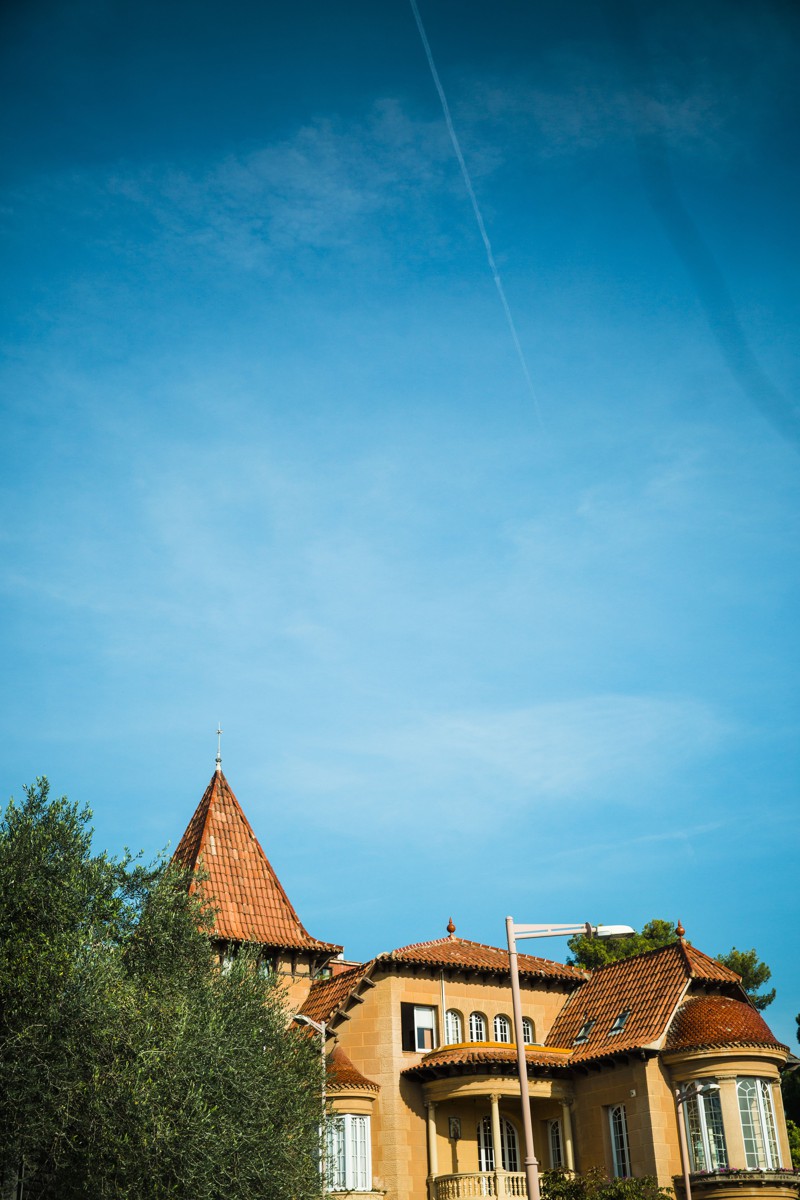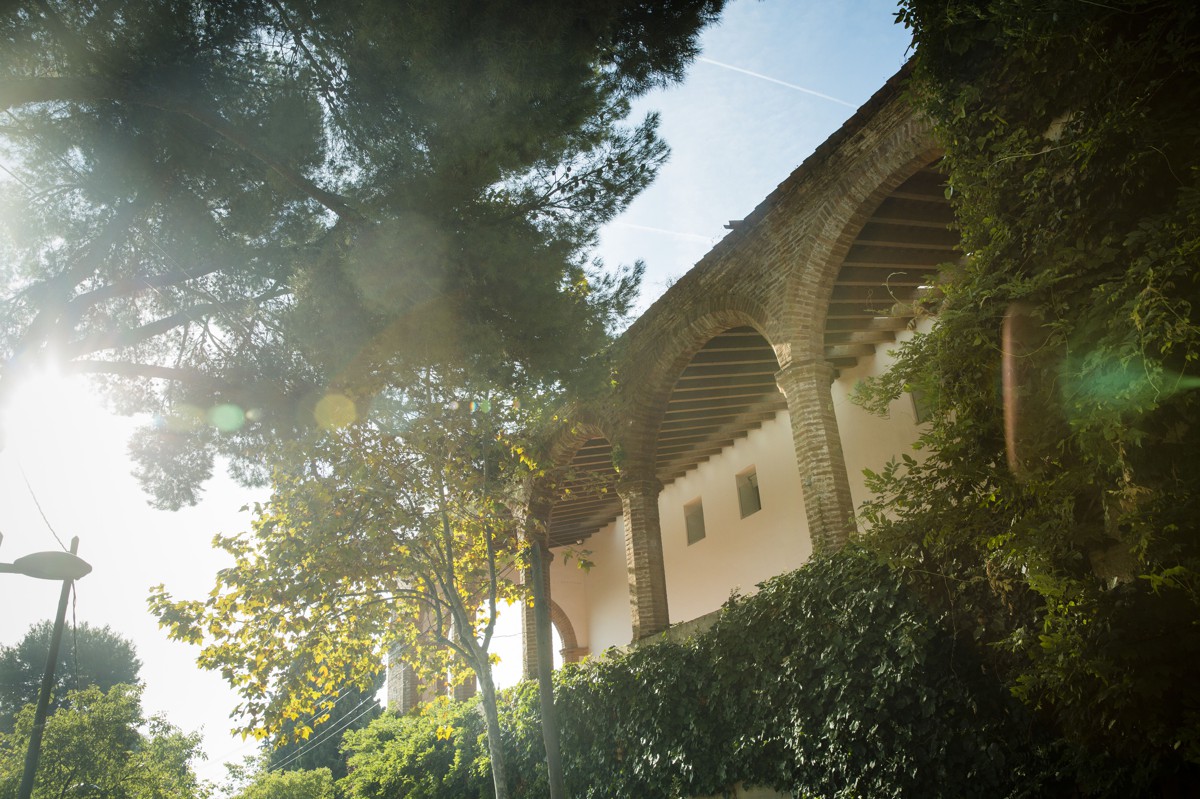meet.barcelona

Visit and love it
Torre de Santa Caterina
Download date: 02/12/2025

This house, with a vegetable-covered facade, has seen many changes. For example, the old Dominican convent was turned into a restaurant with a garden in the 1920s.
-
Cultural heritage
In spite of its mediaeval origin, the surviving building is the product of numerous transformations carried out over time. There are many elements which enable us to date the house to somewhere between the 17th and 18th centuries, although there are several Gothic elements that point to its mediaeval origins. The property fell into the hands of Barcelona’s Dominican friars of Santa Caterina. This was probable the result of a donation from an individual’s will, though there are no dated documented records for that. The friars had been living in a house in Carrer del Call since 1221 and subsequently moved to the convent of the same name at the spot the Saint Caterina market stands on today, where they stayed until the ecclesiastical confiscations of 1835. Santiago Güell i López – Baron and President of the Spanish Olympic Committee – became the owner of the house in the 20th century. He gave the house its present appearance. A restaurant with gardens designed by Nicolau M. Rubió i Tudurí was built in a piece of land separated from the property in the late 1920s. It includes a mine of water, as well as the fountain called Font del Lleó. Only the exterior is currently open to visits.
 :
:
Location and contact
Location and contact

Torre de Santa Caterina
- Address:
- C Panamà, 21
- Districte:
- Les Corts
- Neighborhood:
- Pedralbes
- City:
- Barcelona
Timetable and prices
Observacions
Masia-convent d'origen medieval coneguda també com a Torre de Pedralbes o de "lo Lleó", fet pel qual se l'havia relacionadda amb el mas Pedralbes que la reina Elisenda de Montcada adquirí el 1326 per bastir-hi el Monestir de Pedralbes.
Discover other related points of interest
-
Vil•la Hèlius (Casa Graner)

C Panamà 13
-
Casa Bartomeu

C Rábida 5
-
Casa Carreras

Av Pearson 14

